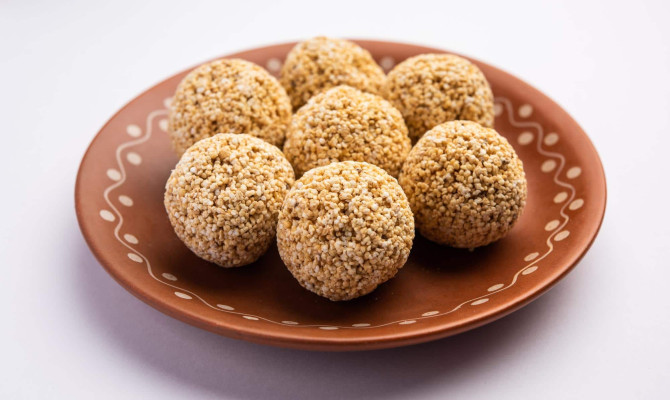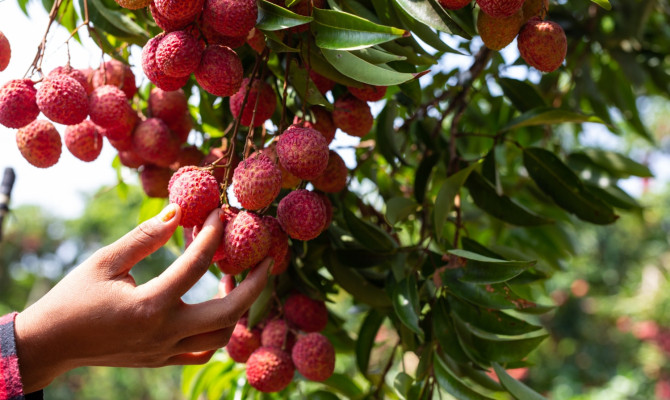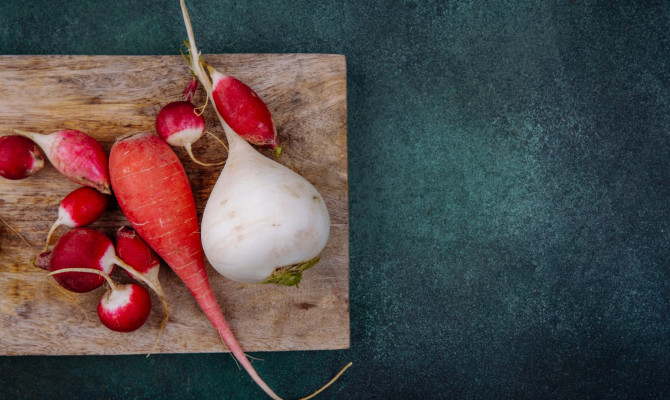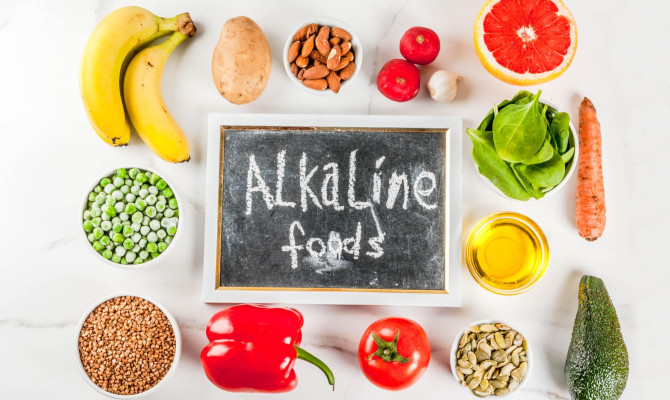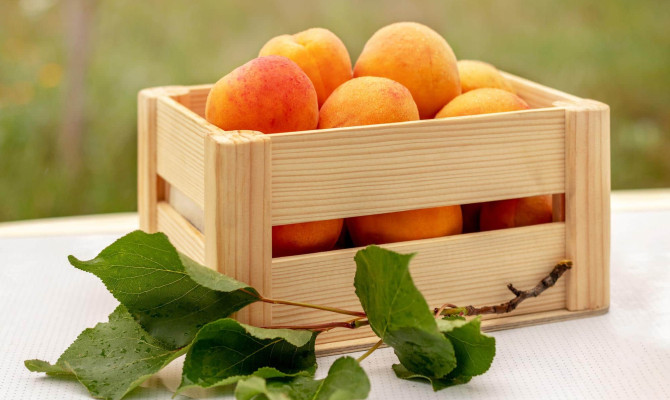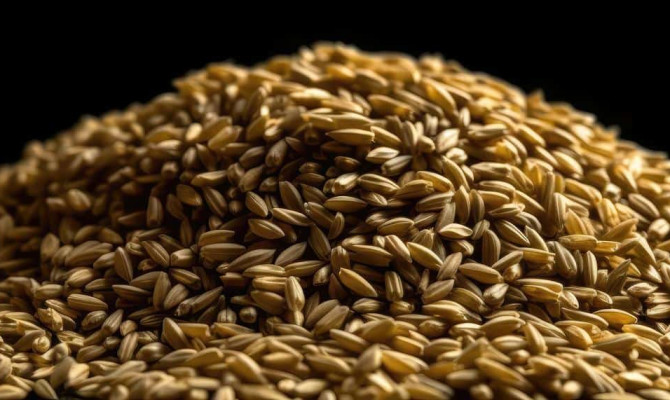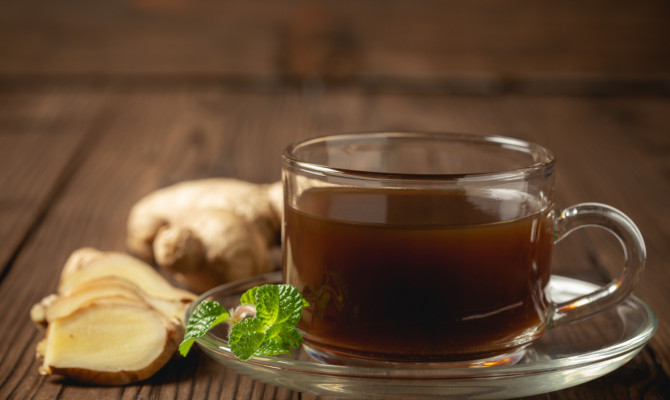Embracing the nutritional powerhouse : Beet greens

- Beet Greens
- 16 Aug 2023
Overview
Overview
Beets are a beautiful ruby-red root vegetable frequently used in salads, soups, and savory pickled foods. We should now focus on the beetroot plant’s greens, which are often overlooked and underestimated.
We will examine the benefits of beetroot greens in this article, highlighting their health advantages, culinary adaptability, and sustainability appeal.
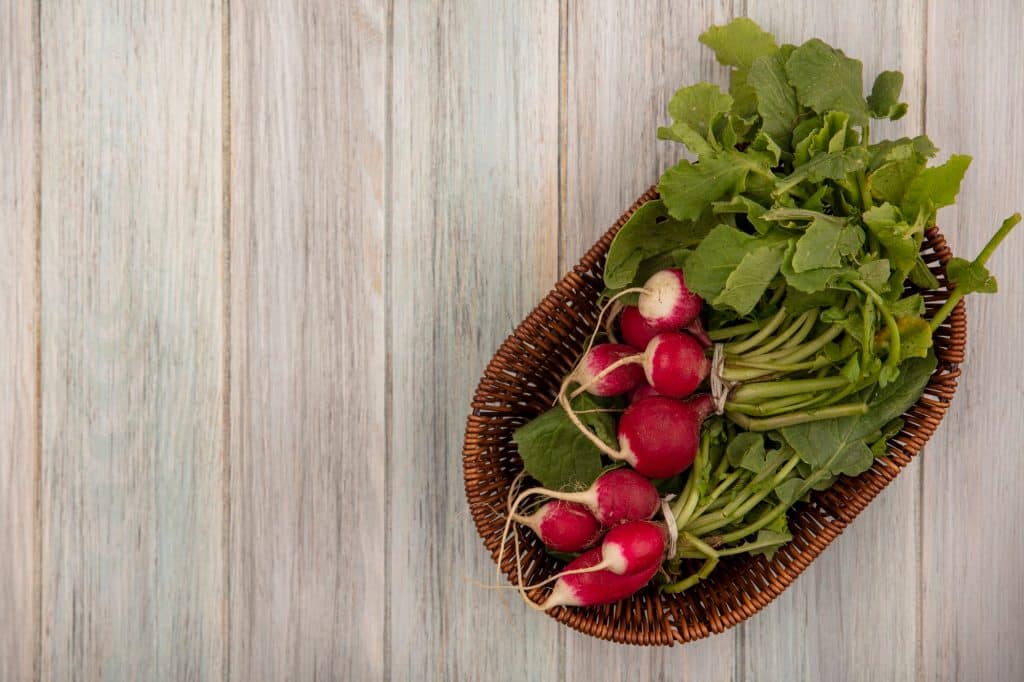
Benefits
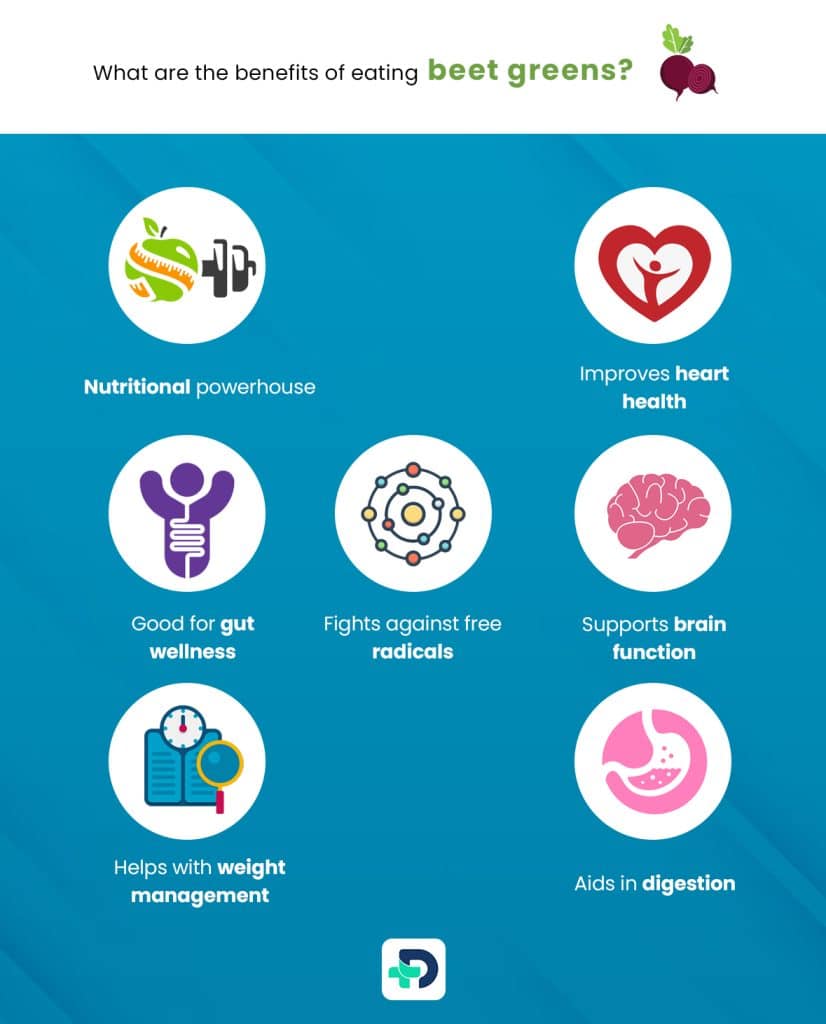
What are the benefits of eating beet greens?
- Nutrient-rich food
- Lowers cholesterol levels
- Improves heart health
- Fights against free radicals
- Improves brain health
- Aids in digestion
- Improves bone health
- Manages weight
Nutritional powerhouse
- They are a nutrient powerhouse since they contain a range of essential vitamins and minerals.
- They include exceptionally high levels of vitamins A, C, and K, which assist collagen formation and immunological function.
- They also contain antioxidants, folate, iron, calcium, and potassium, all beneficial to general health.
Improves heart health
- They are beneficial for heart health since they contain a lot of fiber and important nutrients.
- Promotes healthy digestion and lowers cholesterol levels.
- The risk of cardiovascular disease can be decreased by nitrates, which can help reduce blood pressure and increase blood flow.1Benefits| Researched based study from Nlm.nih.gov
Fights against free radicals
- They are abundant in antioxidants, including zeaxanthin, lutein, and beta-carotene.
- These lessen the risk of chronic illnesses like cancer and age-related macular degeneration by helping shield cells from damage from dangerous free radicals.1Benefits| Researched based study from Nlm.nih.gov
Supports brain function
- It promotes good brain health.
- Antioxidants reduce inflammation and oxidative stress in the brain, two factors that contribute to cognitive impairment.
- They could enhance cerebral blood flow, which would support mental performance.1Benefits| Researched based study from Nlm.nih.gov
Good for gut wellness
- Beetroot greens’ high fiber content helps digestion and fosters a healthy gut.
- In addition to avoiding constipation and aiding regular bowel movements, fiber gives stool volume.
- Functions as a prebiotic, feeding healthy gut flora and fostering a balanced gut microbiota.
Promotes bone health
- They are an excellent source of vitamin K, which is necessary for healthy blood clotting and bones.
- An adequate vitamin K intake lowers the risk of osteoporosis and fractures by improving calcium absorption and promoting bone mineralization.
Helps with weight management
- Their high fiber and low calorie content may benefit a weight loss plan.
- The fiber promotes feelings of fullness, which aids in controlling appetite and discourages overeating.1Benefits| Researched based study from Nlm.nih.gov
Nutritional profile
Nutritional profile of Beet greens
One cup (38 grams) serving of cooked beet greens includes:
- Calories: 8
- Carbohydrates: 1.4 grams
- Fiber: 1.3 grams
- Protein: 0.9 grams
- Fat: 0.1 grams
Vitamin contents
- Vitamin A: 2,219 IU (44% of the daily value)
- Vitamin C: 11.7 mg
- Vitamin K: 103 micrograms
- Folate: 81 micrograms.3Nutritional profile| Researched based study from Nutritionalvalue.org
Minerals
- Calcium: 164 mg
- Iron: 2.7 mg
- Potassium: 655 mg
- Magnesium: 31 mg
They also include trace levels of phosphorus, vitamin B12, vitamin E, vitamin B6, thiamine, and vitamin B6.3Nutritional profile| Researched based study from Nutritionalvalue.org
What is the difference between beet greens and beetroot?
- Although separate sections of the same plant, they have different nutritional and culinary aspects. The other name for beet greens is beet tops.
Food components
- The plant’s vibrant green tips are referred to as beetroot greens.
- The term “beetroot,” on the other hand, describes the plant’s underground root system.
Nutritional history
- Greens provide a remarkable amount of nutrients. They also include antioxidants and fiber.
- The body may produce nitric oxide from the high quantities of dietary nitrates in beetroot. It is also an excellent vitamin C, manganese, folate, and potassium source.
Ways to eat
What is the best way to eat beet greens?
You can incorporate nutritious green in your diet in a flavorful way. Here are some of the beet greens recipes given below:
Sautéed beet greens
- A quick and tasty way to prepare beetroot greens is to sauté them with olive oil, garlic, salt, and pepper. Garlic and beetroot greens are added to hot olive oil in a pan. Add salt and pepper to the meal according to taste.
Green smoothie with beets
- Include some beetroot greens in your preferred smoothie recipe. Bananas, berries, and citrus fruits go well with the earthy flavor. They should be combined with some yogurt or milk substitute.
Green beet pesto
- Greens may be the foundation for a bright and tasty pesto. Beet greens, garlic, almonds, parmesan cheese, olive oil, and spices are blended. Eat it as a dip, with sandwiches, or with pasta.
Beet green wraps
- Use it in place of bread or tortillas. Put your preferred meat or vegetables inside, along with some spices. To make a low-carb, nutrient-rich wrap, roll them up.
Salad
- The beetroot greens should be chopped and combined with other salad greens, such as spinach or rocket.
A stir-fry
- Add them to a stir fry along with additional veggies and your preferred protein.1Suggestiona| Researched based study from Nlm.nih.gov
Can you eat beet greens raw?
- Yes, beetroot greens may indeed be consumed uncooked. They make for a tasty and nourishing addition to salads or as a garnish for other foods when eaten raw.
- Before eating them raw, thoroughly wash them in cold water to get rid of any dirt or debris.
- When consuming raw greens, remember to use fresh, crisp greens for the most extraordinary texture and flavor.1Suggestions| Researched based study from Nlm.nih.gov
Side effects
Beet greens side effects
They are both secure and edible. Many cultures regularly consume them. But they too can have side effects in some people which includes:
Oxalate content toxicity
- It is important to remember that beetroot greens may contain a tiny amount of oxalic acid, much as other leafy vegetables.
- Calcium and iron can both be prevented from being absorbed by oxalic acid.
- Vulnerable individuals may get kidney stones as a result.
Allergic reactions
Some people may experience an allergic reaction to particular substances in them, resulting in symptoms including
- Swelling
- Hives
- Itching
- Breathing difficulties.
Digestive problems
- They contain fiber, which is helpful for digestive health, like many leafy greens do.
- However, ingesting much of it may result in diarrhea, gas, and bloating.
- It’s advisable to gradually increase your fiber intake and consider how your body reacts.
Pesticide residue
- Vegetables should be well cleaned in order to remove any pesticide residue.
- It’s always a good idea to consult with a doctor if you have any questions about taking them so they can offer you individualized guidance.2Side effects| Researched based study from Nlm.nih.gov
Interactions
Interaction with medicines
Blood thinning medicines
- Beet greens are high in vitamin K, which plays a role in blood clotting.
- Warfarin and other blood-thinning drugs may be affected by it. Vitamin K can counteract the effects of these medicines.4Interactions| Researched based study from Nlm.nih.gov
Calcium channel blockers
- If you take calcium channel blockers for conditions such as high blood pressure, the potassium content in beet greens may interact with these medicines.
- They can increase potassium levels in the body.5Interactions| Researched based study from Nlm.nih.gov
Takeaway
Takeaway
The leafy green tops of beets, known as beet greens, are abundant in vitamins and minerals.Including beetroot greens in your diet can help you maintain a varied, nutrient-dense diet. Enjoy them as a part of a diet that is lean on lean proteins and healthy fats and rich in a variety of fruits, vegetables, whole grains, and other nutritious foods.
Any feedback on this article?
 This Articles content was accurate
This Articles content was accurate Very Informative Article
Very Informative Article I have a question or a comment
I have a question or a comment
 This article contains inaccurate content
This article contains inaccurate content This article was not helpful
This article was not helpful I have a question or a comment
I have a question or a comment
We appreciate your helpful feedback!
Checkout our social pages
References
-
National Library of Medicine
Beetroot as a functional food with huge health benefits: Antioxidant, antitumor, physical function, and chronic metabolomics activity | Benefits | Suggestions
-
National Library of Medicine
Oxalate content of foods and its effect on humans | Side effects
-
Nutritional value organization
Beet greens, raw | Nutritional profile
-
National Library of Medicine
Warfarin and beetroot | Interactions
-
National Library of Medicine
Interactions between Food and Drugs, and Nutritional Status in Renal Patients: A Narrative Review | Interactions












